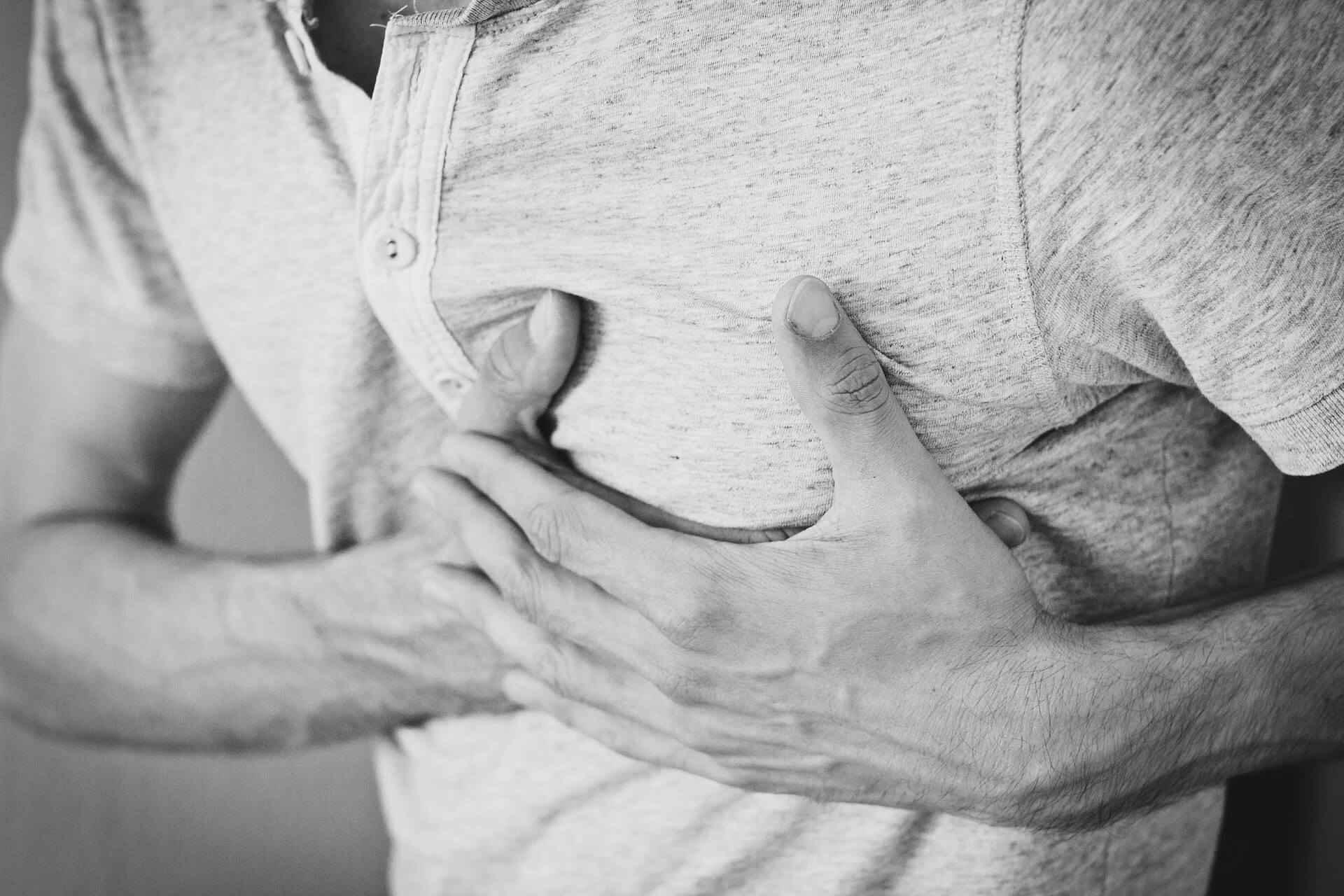Heart Attacks in Young Women: The Silent Symptoms

Heart disease is the leading cause of death in women, taking the lives of 1 in 4 women every year. Although most people understand that heart health is important at every age, it is often ignored until we are older and/or experiencing symptoms. Risk factors for developing heart disease are mostly the same for both men and women. Poor diet and exercise regimen, smoking, diabetes, high cholesterol, hypertension, and family history are a few. Although these factors are well known and taught early on in life, the younger population continues to live unhealthy lifestyles hoping for the best later on in life. Fortunately for the active population the risk of developing heart disease is much lower due to a better exercise regimen and healthier diet.
Over the past few years there has been a growing number of young, healthy women experiencing heart attacks. The majority of cases do not have a long list of risk factors, and usually portray mild symptoms that are easily ignored. The most common sign of a heart attack in men is usually sharp chest pain that radiates into the arm. This obvious symptom does not necessarily occur in women. The signs for heart attacks in women are usually mistaken for other conditions and begin with symptoms that a person is able to continue functioning with. Shortness of breath and fatigue are the most common signs, which end up being blamed on an anxiety disorder or too much stress at the time. Any chest or back pain that may also occur are usually initially mild and temporary. Women tolerate pain much better than men do, therefore they continue on with their daily roles until the heart condition gets worse.

What is SCAD?
A poorly understood condition that is currently the cause of the majority of heart attacks in young women is spontaneous coronary artery dissection (SCAD). Unlike the main cause of heart attacks in the older population, which is plaque buildup in the arteries, SCAD is much different in that it blocks blood flow due to a tear in the artery wall. Although there is growing research being done to understand what causes these tears in the first place, it is not known at this time. What we do know is that it is the cause of heart attacks in over 40% of people under the age of 40, with 90% of those cases being female.
Most cases of SCAD generally do not have the obvious risk factors for heart disease and heart attacks such as diabetes, high blood pressure, and a history of smoking. The majority are young, healthy women. There is a great proportion, 20-25%, of cases that occur in women during or after childbirth, so it is suspected that the stress during this time plays a role in the development of a heart attack. The occurrence of these heart attacks is the same whether a cesarean or vaginal birth. Women with SCAD who experience symptoms of heart attacks often times delay seeking medical care until the problem is much worse. When they finally report their symptoms, many clinicians misdiagnose the symptoms and assume the problem is acid reflux or a sleep disorder.

Diagnosis and Treatment
Diagnosing SCAD requires obtaining an angiogram, whereas the normal tool used for atherosclerotic-related heart disease is an electrocardiogram. The key to getting diagnosed properly is for clinicians to assess the presentation of the patient. If the patient is a young or postpartum woman without the common risk factors for heart disease and no signs of plaque buildup, an angiogram should be used. An even better diagnosing tool is an intravascular ultrasound to be able to see the artery from the inside out.
Unfortunately, properly diagnosing SCAD is usually done after a heart attack occurs, but is extremely important for preventing any future episodes. The treatment for atherosclerotic-causing heart attacks is different than for individuals with SCAD. Prescribing the wrong treatment may actually create larger tears in the artery walls and continue to cause heart attacks. Most times, simple blood pressure monitoring and medications are enough to control the disease. Cardiac rehabilitation should also be prescribed, as the outcomes of a heart attack are the same whether the cause is from atherosclerosis or SCAD. This treatment approach is often neglected due to the majority of cases being young and healthy individuals.

Although the rate of survival in the long-term for women affected by SCAD is enhanced compared to other causes of heart attacks, the reoccurrence of these episodes is about 20%, leaving more reason to continue the research. Since many medical professionals misdiagnose and ignore its most common symptoms, it is important for the general population to understand the signs related to this condition. Once diagnosed most clinicians advise women against getting pregnant and partaking in extreme physical activity such as bodybuilding or high-intensity sports. It is important for women with SCAD to monitor themselves for other risk factors that can be controlled such as hypertension, high cholesterol, smoking, and obesity. At this point it will come down to what we all know about heart health management, which is regular exercising and incorporating a healthy diet.
Sources
Latest Articles
 Is Running on a Treadmill Easier Than Running Outside?Runners have their own preferences, whether it is treadmill running, running outside on the road, or exploring trails. So...
Is Running on a Treadmill Easier Than Running Outside?Runners have their own preferences, whether it is treadmill running, running outside on the road, or exploring trails. So... Is It OK to Use Trail Running Shoes on the Road?While trail running shoes can be used on roads, especially in situations where a runner encounters mixed terrains or pref...
Is It OK to Use Trail Running Shoes on the Road?While trail running shoes can be used on roads, especially in situations where a runner encounters mixed terrains or pref... How to Fix Sore Quads After Running?Rest, ice, gentle stretching, and over-the-counter pain relievers can help soothe sore quads after running. Also, ensure ...
How to Fix Sore Quads After Running?Rest, ice, gentle stretching, and over-the-counter pain relievers can help soothe sore quads after running. Also, ensure ... 10 Fruits With The Most Electrolytes to Replace Sports DrinksThese fruits are high in electrolytes such as potassium, magnesium, and calcium, essential for hydration, muscle function...
10 Fruits With The Most Electrolytes to Replace Sports DrinksThese fruits are high in electrolytes such as potassium, magnesium, and calcium, essential for hydration, muscle function...

